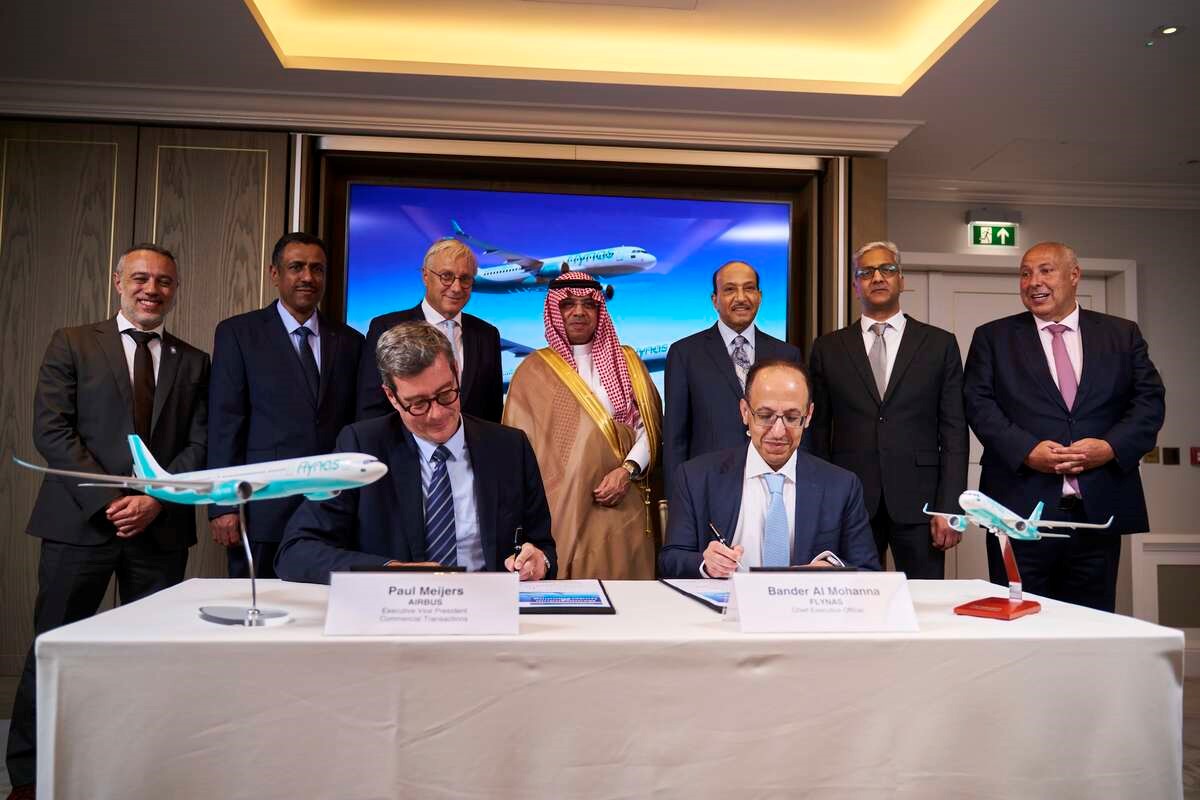Malaysia Airlines recovery ahead of schedule
01 March, 2017
4 min read


Malaysia Airlines is approaching the third anniversary of the mystifying disappearance of flight MH 370 in better shape than expected.
The government-owned airline said Wednesday it had posted a 2016 loss that was 49 per cent better than its budgeted figure as bookings accelerated in the fourth quarter.
The carrier attributed the acceleration to a focus on premium business travellers anda decision to stick with all-inclusive fares rather than unbundle its product.
“The last quarter saw a good performance in a challenging environment,’’ chief executive Peter Bellew said in a statement. “Our staff have worked hard to improve customer service which is reflected in increased bookings.’’
Malaysia did not put a figure on its loss but noted that its 81 per cent load factor for the fourth quarter of 2016 was 11 percentage points ahead of the 70 per cent figure recorded in the same quarter of 2015.
It said it was maintaining a strong year-on-year load performance and believed it would improve on 2017 targets, barring any unexpected adverse declines.
“Malaysia Airlines has maintained our fare discipline despite competitor fares dropping,’’ it said. “We remain focused on cost control and have identified a further RM400 million ($US90m) of cost reductions in 2017 to offset US Dollar strength. ‘’
Of the other figures provided, passenger numbers rose from to 3.8m in the final quarter of 2016 from 3.6 million the previous year. On-time performance, while improved, was still lacklustre at 70 per cent due to congestion at Kuala Lumpur International Airport (KLIA) and a restructuring of the immigration service.
Mishandled baggage reduced by 15 per cent based on incidents per 1000 bags handled, the carrier said.
Fleetwise, Malaysia flagged it would delay the delivery of its first Airbus A350 by “one or two months’’ to December but said it could seek further widebody aircraft from Boeing or Airbus in the first quarter of 2018 to increase seats or improve product on existing routes.
It was also working towards finalising plans to start a new airline using its six Airbus A380 superjumbos to service the Haj and Umrah religious pilgrimage markets.
“Interviews for key positions for this airline have already been initiated with plans underway with Airbus to increase the seat capacity to 720 seats on the aircraft,’’ it said.
Customer satisfaction for the final quarter was up 7 per cent on a year ago, and Malaysia said it was continuing to invest in product and service, including more efficient self-service luggage tags for economy passengers.
Work will start this year on upgrading the airline’s lounges in KLIA and London and the airline noted it had improved its food and beverage offerings.
“The quarter saw the airline rolling out the well-received Dine Anytime service, to all Australia, New Zealand and North Asia destinations,’’ it said.
“Other enhancements included the completion of the business class lie-flat seats on all 15 A330s in December 2016, ahead of schedule and on budget.’’
Management was bullish on its plans to expand services to China, which began in the fourth quarter with flights to Haikou. Malaysia has started selling tickets to Nanjing, Wuhan and Fuzhou and upgraded its morning Hong Kong flight from a Boeing 737 to Airbus A330.
But it was cautious about the overall outlook for 2017, identifying a weaker ringgit-US dollar exchange rate, overcapacity and intense competition as potential headwinds.
“We expect yields to decline in the second half of the year due to irrational competition but our focus will be on reducing costs to maintain our financial position,’’ it said “Across the group, we expect to carry over 17 million customers in 2017 and we see an opportunity to grow our position as a five-star, full-service airline into 2018 with confidence.’’
Next Article
Qantas triples profit but misses mark

Get the latest news and updates straight to your inbox
No spam, no hassle, no fuss, just airline news direct to you.
By joining our newsletter, you agree to our Privacy Policy
Find us on social media
Comments
No comments yet, be the first to write one.
